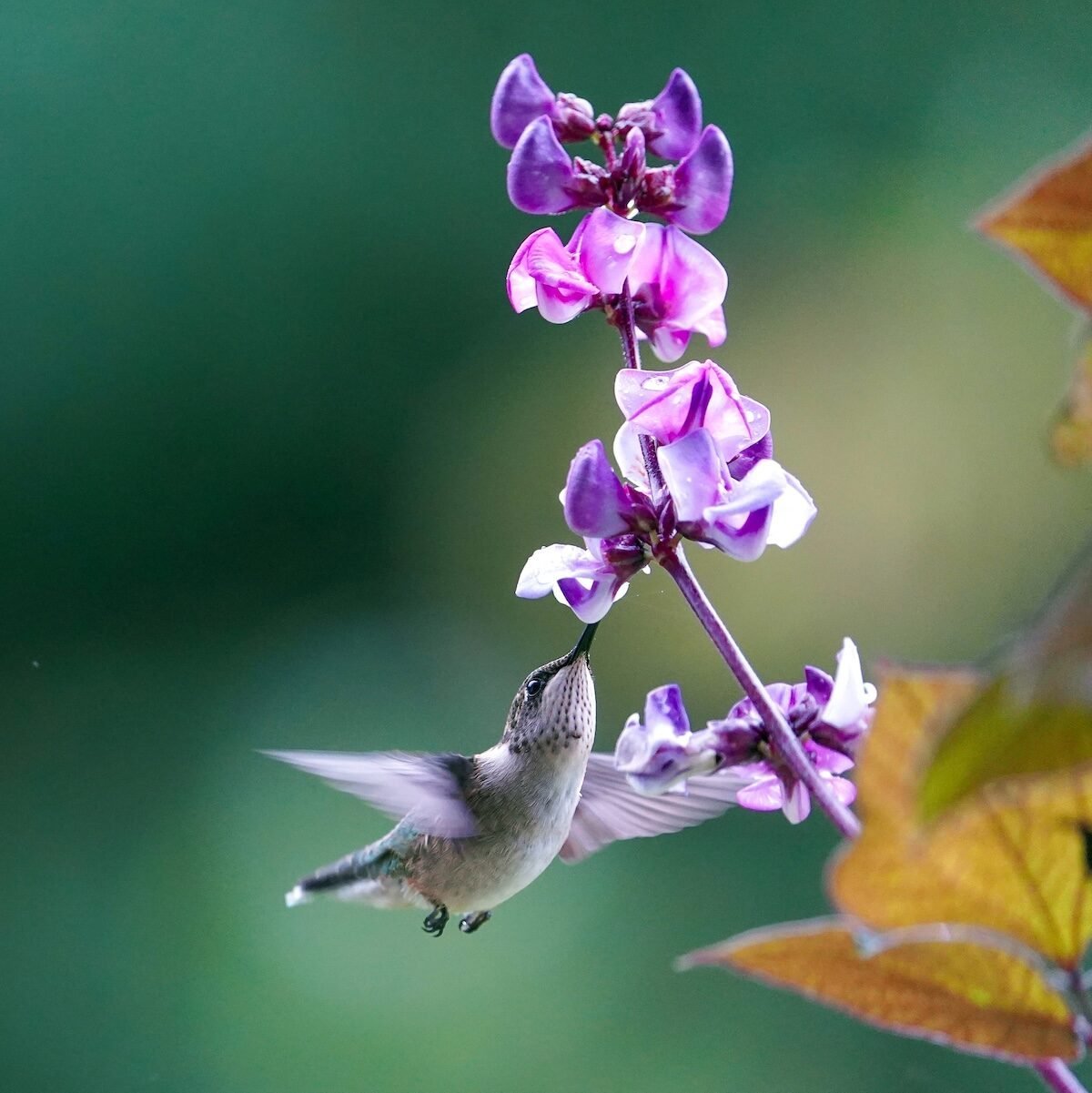20 Easy-to-Harvest Flowers with Seeds and Seedpods

Exploring the Beauty of Flower Seeds and Their Benefits
Harvesting flower seeds is a rewarding activity that not only allows you to save money on gardening supplies but also helps you preserve the beauty of your favorite blooms for future seasons. Whether you're sharing your love of flowers with friends or simply looking to enhance your garden, collecting seeds can be a fun and educational experience. With a little knowledge about which plants produce seedpods, you can enjoy more vibrant blooms year after year.
Popular Flowers Known for Their Seedpods
Breadseed Poppy
The breadseed poppy (Papaver somniferum) is an annual plant that produces delicate, paper-like flowers in shades of blush, red, pink, or purple. As the petals fade, large seedpods form, which may split open to release tiny black seeds. These seeds are not only useful for planting but can also be used in baking due to their nutty flavor. The ornamental seedpods are great for dried floral arrangements as well.
Mexican Sunflower
Tithonia rotundifolia, commonly known as the Mexican sunflower, is a tall plant that grows up to 6 feet high and features bright orange, daisy-like flowers. It thrives in hot, dry climates and prefers full sun. Deadheading spent flowers can help extend the bloom season. The plant is ideal for the back of gardens and makes excellent cut flowers.
Eastern Red Columbine
Aquilegia canadensis, or eastern red columbine, is a native plant that blooms in spring with pendulant red and yellow flowers. Its seedpods develop into upright vessels of small black seeds. This plant is essential for hummingbirds, bees, and butterflies, making it a valuable addition to any garden.
Empress of India Nasturtium
Tropaeolum minus, or the Empress of India nasturtium, is an heirloom variety that grows up to a foot high. It has red flowers and blue-green leaves and attracts hummingbirds. Nasturtiums are excellent companion plants, helping to repel harmful insects while attracting beneficial ones.
Anise Hyssop
Agastache foeniculum, or anise hyssop, is a member of the mint family and grows up to 4 feet tall. It features 3-inch spikes of purple flowers that attract hummingbirds, bees, and butterflies. The plant is also a culinary herb, offering an anise or licorice flavor used in teas and baking.
Moonflower
Ipomoea alba, or moonflower, is a vine that opens in the evening, producing white flowers that emit an intoxicating scent. It requires support such as a trellis or porch column and is ideal for a moon garden. Watching the buds unfurl is a delightful experience.
Hyacinth Bean
Lablab purpureus, or hyacinth bean, is a fast-growing vine that produces purple, pealike flowers and colorful seed pods. However, it's important to note that the raw beans are poisonous. The plant pairs well with other blooming vines like native honeysuckle.
Four-o’clocks
Mirabilis jalapa, or four-o'clocks, is a shrubby plant that produces trumpet-shaped flowers in various colors. These flowers open at dusk and are enjoyed by nocturnal pollinators. They provide a pleasant way to enjoy summer evenings.
Blackberry Lily
Iris domestica, or blackberry lily, produces small, orange and red flowers. In the fall, the seedpods open to reveal dark seeds that resemble blackberries. The plant reseeds readily and can be invasive, so it’s important to research before planting.
Honesty
Lunaria annua, or honesty, is a late-spring to early-summer bloomer with small, four-petaled purple blossoms. The seedpods develop into green discs that dry to tan and are often used in floral arrangements. However, it is considered invasive in some areas.
Radio Calendula
Calendula officinalis, or pot marigold, is an easy-to-grow plant that produces yellow and orange blooms throughout the summer. Its edible petals have a sweet-tart tang and are often used in salads and teas. Harvesting seeds requires close attention, as they can fall off if not collected promptly.
Amish Cockscomb
Celosia cristata, or amish cockscomb, has velvety red flower heads that are perfect for bouquets. Once the blooms dry out, they can be cut and hung upside down to collect the seeds.
Love-in-a-Mist
Nigella damascena, or love-in-a-mist, is an easy-to-grow plant that forms striking seedpods after the blossoms fade. These seedpods are simple to dry and collect, making them a great choice for beginners.
Vining Petunia
Petunia multiflora, or vining petunia, is an easy plant for seed savers. When the flowers fade, seedpods form, which can be harvested once they turn brown. These seeds are numerous and can be used to grow new plants.
Jewels of Opar
Talinum paniculatum, or jewels of opar, produces ruby-orange seedpods that are attractive even after the flowers fade. The plant is ideal for containers and borders due to its beautiful foliage and small pink blooms.
Hollyhock
Alcea rosea, or hollyhock, is a plant that produces stunning single blooms in various colors. However, it can irritate the skin, so gloves and protective clothing should be worn when handling the plant.
Purple Coneflower
Echinacea purpurea, or purple coneflower, is a favorite among hummingbirds and butterflies. The seeds must be harvested before birds take them, and they are often used in herbal remedies.
Gift Zinnia
Zinnia elegans, or gift zinnia, is a cheerful plant that produces bright-red flowers. However, it can cross-pollinate, so it’s best to limit the number of varieties in your garden to ensure pure seed collection.
Kiss-Me-Over-the-Garden-Gate
Polygonum orientale, or kiss-me-over-the-garden-gate, is a fast-growing plant that produces pink clusters. It is considered invasive in some areas, so it's important to do research before planting.
Cleome
Cleome hassleriana, or spider flower, is a reliable plant for seed production. Its wispy blooms make it a conversation piece, though its thorny stems require caution.
By exploring these plants and learning how to collect their seeds, you can create a thriving garden that continues to flourish year after year. Whether you're a seasoned gardener or just starting out, harvesting flower seeds is a rewarding and sustainable practice.
Post a Comment